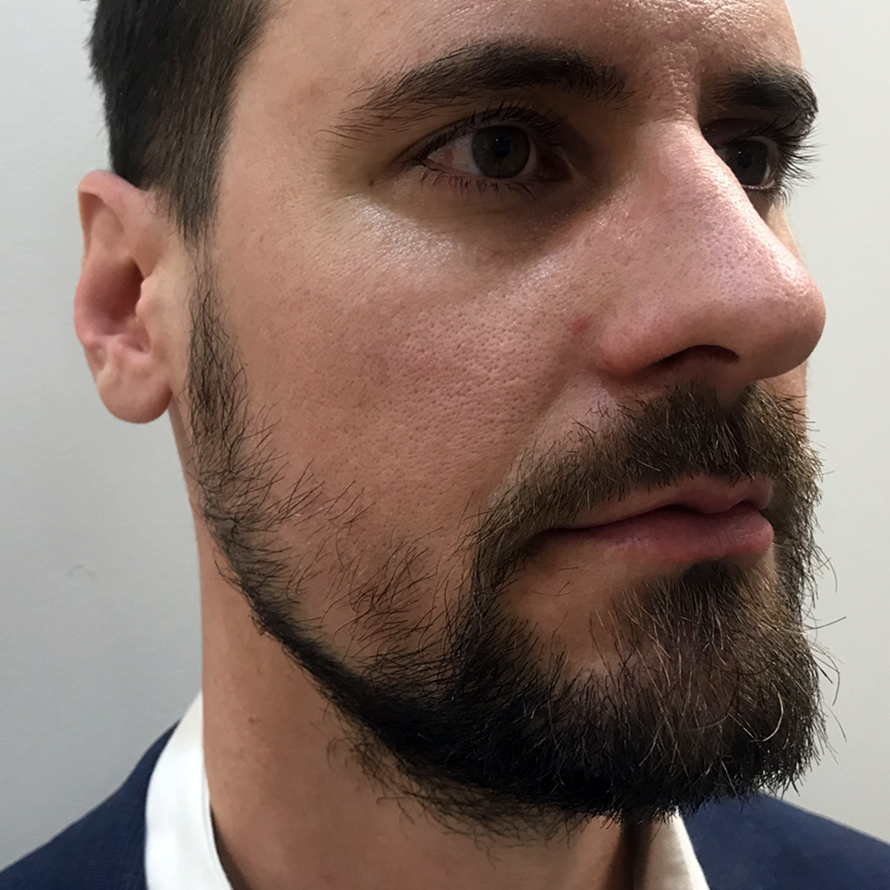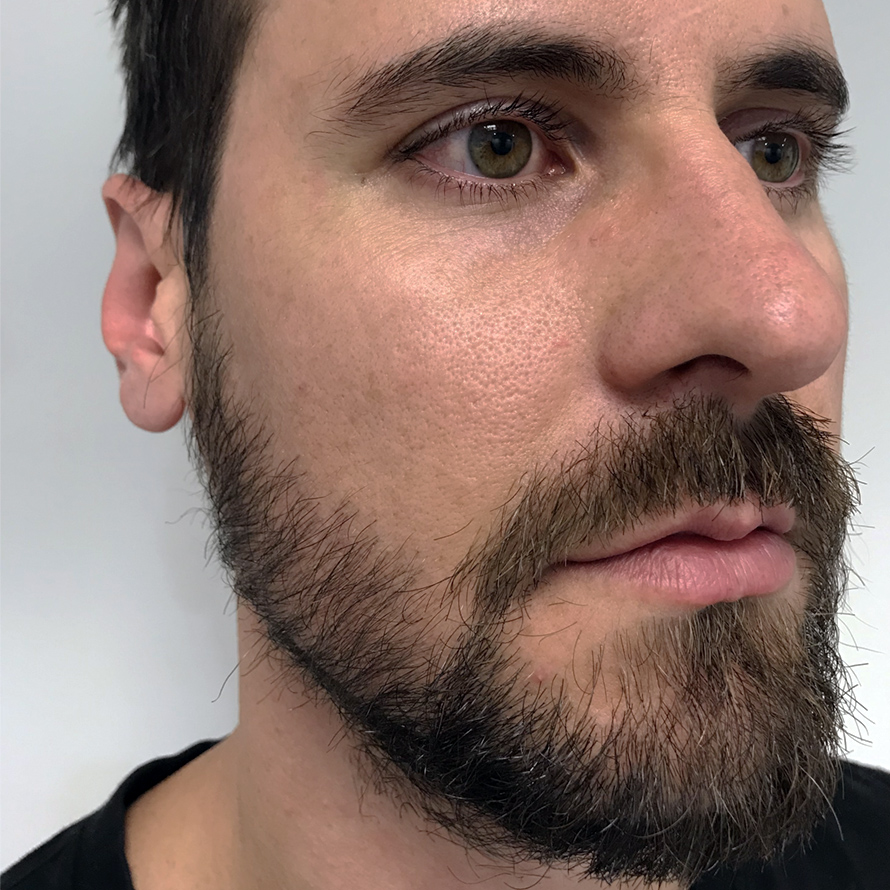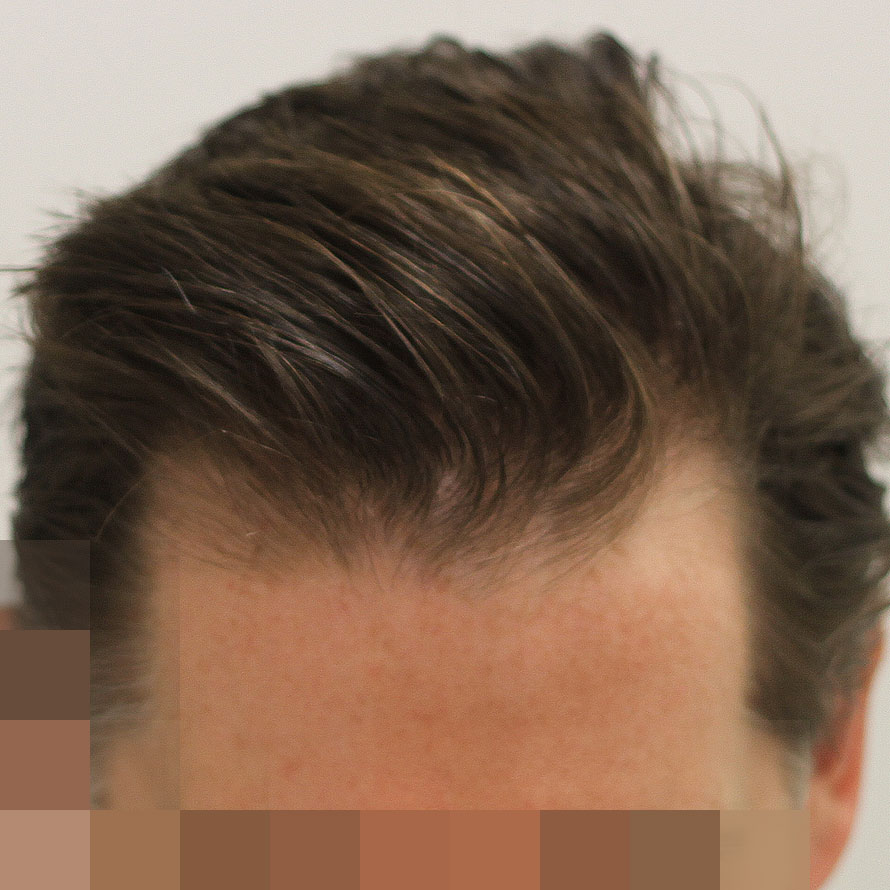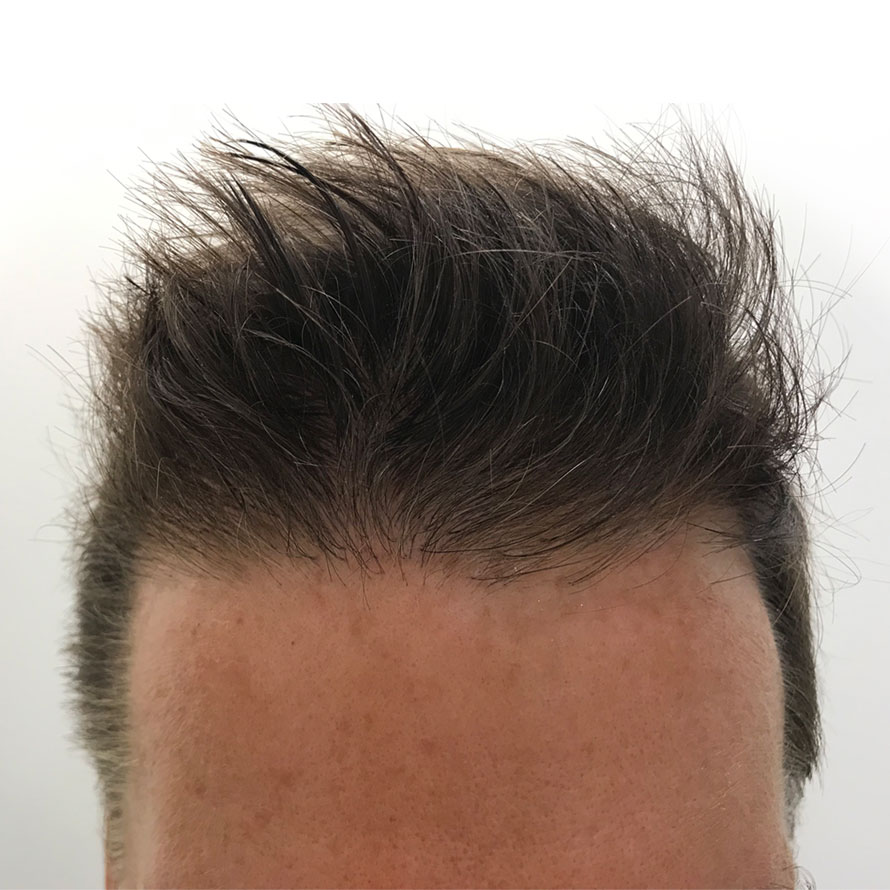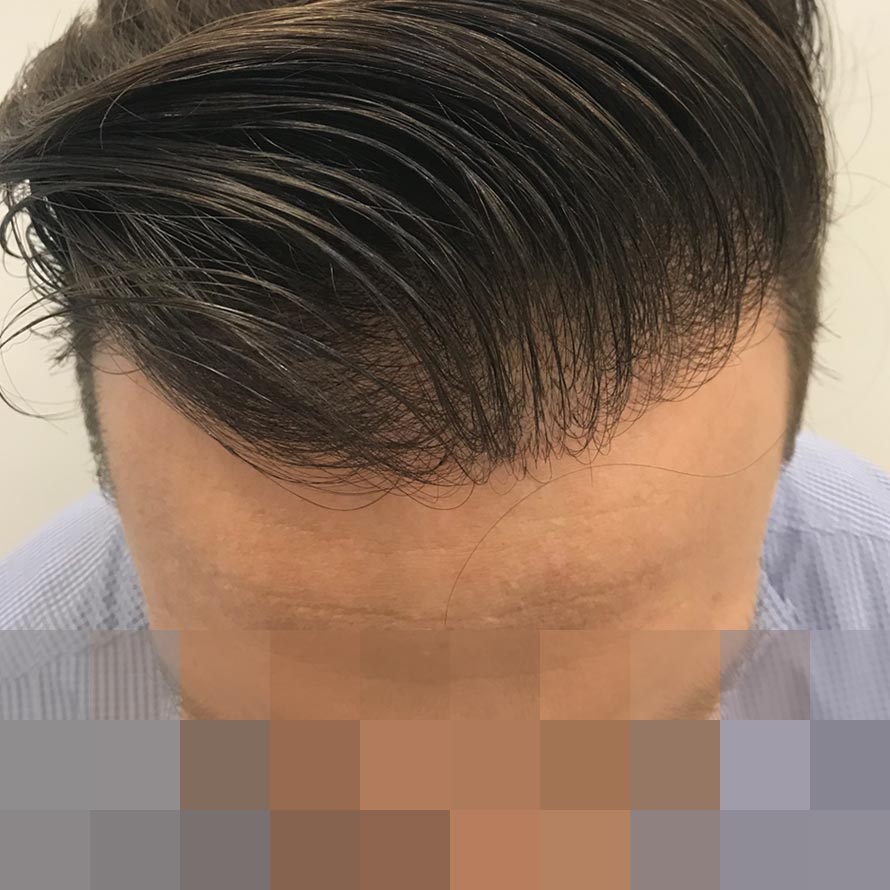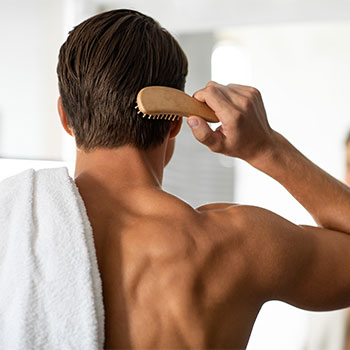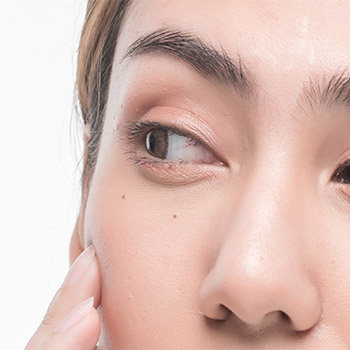
Listen to the interview

Or, Read the Interview
Darren James
There is a guest in the studio and we're talking something I didn't even know existed. It's beard transplants - or replacement of facial hair. Dr. Peter Paraskevas, good afternoon to you.
Dr Peter
Good afternoon, Darren. Thanks for having me.
Darren James
Dr. Peter Paras - or just Dr. Peter. You were confused because I was talking to The Doc - Dennis, we call him "The Doc" - and he was over your shoulder and I was talking to him and I said "hi, Doc, how are you?", and I wasn't talking to you but don't know him. Got very confusing! Anyway, thanks for coming in.
Dr Peter
Thank you. Thanks for having me.
Darren James
Tell me about beard transplants. What what sort of gentlemen require them and need them and want them?
Dr Peter
Well, it's usually patients who have had some sort of deficiency through their beard area whether scarring from birth or whether it's acne, or some sort of burns and what they're trying to do is fill in the areas of deficiency. That's the usual reason but we do get the occasional vain patient that's okay to be vain in today's day and age--
Darren James
Exactly!
Dr Peter
--who come in and want to actually replace the hair and fill it in and get more of a full beard. So there are two different types of patients who we see.
Darren James
How do you do that? How do you get facial hair to grow as a matter of in the old days I tell you I've known a couple of - I'm going to name them because they won't mind and one of them sadly moved on to the other side, he's ridden on ahead - Harry Beitzel, the footy commentator. He was one of the first ever that I knew that had one. He had a headlock a rice patty. He won't mind me saying that if he was listening from above.
Dr Peter
They named a patch of grass after him at Victoria Golf Club, didn't they?
Darren James
I think they did! Another mate of mine: Russell Morris - "oo-mow-ma-mow-mow, the real thing" - he had a sort of a job done that sort of didn't really work. Well, it started a long time ago; how's it changed over the years?
Dr Peter
If you go back 30 years, you'll you'll find that a lot of the patients who used to have hair transplants, basically had "revision surgery" - where they pull a bit of scalp over the other part of the head. And if you take a guess, someone like Donald Trump probably would have been a guy who's had that.
So that's a "scar revision" where they move the hair over - move the scalp over. Yeah. And that moved over to "strip surgery", when you take a strip of hair from the back of the scalp and cut it out. So it's full-on surgery--
Darren James
*laughs*
*laughs* Like grass!
Dr Peter
Like a patch of grass? Yeah. And there you go - you've got some hair, you get that cut up under a microscope, and you can then just implant it one by one and it regrows. And then the final thing - which is the most recent, and probably the most successful in terms of a good balance between patient outcome, patient satisfaction, and then also the doctor's expectations - is what we refer to as "F.U.E. - Follicular Unit Extraction". So basically what that is, and it's not the same as stand by strand that you probably would have heard of - this is follicle by follicle. So rather than take the big strip of hair from the back, you'll take an individual follicle one at a time.
Darren James
One hair at a time? That's going to take days!
Dr Peter
Well, if you're good, and you've got the right skills, you've got the right team and you've got the right technology, you can knock off about 1,500 follicles within about three or four hours, maybe 2000, and then have the afternoon to actually implant that hair back into the scalp.
Darren James
So where is it over the lunchtime break? Sitting in a petrie dish?
Dr Peter
Well it's sitting in a storage solution. What you want to do is actually preserve the hair follicle - you think of any traditional transplant, think a kidney transplant, you need to make sure that kidney's actually healthy. And then when you take it out you actually keep it in a healthy solution so it doesn't die and doesn't get damaged - and then you implant it. It's the same thing with a hair follicle - once you've taken it out, have it out for a short period of time, have it in some good storage solution, have it nice and chilled, and then you're ready to implant it. And once you do that, then you're pretty much looking at a 95-99% success rate - they take quite well.
Darren James
So that's good, isn't it?
Dr Peter
Very good.
Darren James
And there's no scarring after it?
Dr Peter
Depends who does it. So if you do strip surgery, you get that really horrible tell-tale scar at the back of the scalp and you'll see people with that, unfortunately. The other day I was walking down at the airport and I just caught a glimpse of one, and I thought "oops".
Darren James
For a surgeon to have that opinion of someone's back of his head - to think "yeah, you've got that wrong".
Dr Peter
Yeah, you've got that wrong. So F.U.E. - or the follicle by follicle - is the best way to actually preserve the scalp not damage it to the point where you can actually see scars. You're not going to see these little pin point holes, particularly if you're growing your hair to one or two.
Darren James
Yeah, that's right.
Darren James
Peter, good afternoon.
Caller - Peter
Yeah. Hi Darren. And Other Peter. So, question: for hair transplant or hair rejuvenation, the drugs minoxidil and roxo-something it's called - are they worthy? Are they successful?
Dr Peter
Well, the drugs that are available are either blockers or stimulators. So with with the stimulators, you're referring to minoxidil and that's that's a drug that can actually help stimulate hair growth. The blockers such as finasteride, so finasteride will come as generically as finasteride but as a trade name, you'll probably would have heard of it as Propecia, or Proscar, but Propecia is the one milligram dose that we give to patients with hair loss. And what that does is it blocks the the hormone that attacks hair follicles and miniaturises them. So yes, absolutely. You'd see your doctor and have a trial on Propecia and also some minoxidil to see whether or not that could slow down the progression of your hair loss.
Darren James
Brett, good afternoon.
Caller - Brett
Hello Darren and Peter. I'm just wondering - my hair's a little bit thin where the flat top is, but everything else is alright. And one thing that annoyed me is I've got a hairy back - I was wondering if you could use hair off there to put on your eyebrows.
Dr Peter
I'm going to assume that's a serious question...
Darren James
It is! You were being serious weren't you, Brett?
Caller - Brett
Yeah!
Dr Peter
Alright, okay. So what we do is we take hair that has a very long growth cycle - like about seven to eight years - and it comes from the back of your head. Okay? Off your back, the growth cycle's going to be very, very short - so it's a pointless exercise trying to grab hair from your back and put it up somewhere else. They just won't take very well.
Darren James
There you go - end of story there for you, Brett.
Darren James
And finally Jenny - good afternoon.
Caller - Jenny
Hello, yes. You talking about the drug minoxidil. 1986 was when the Queen Victoria Hospital did the trial of that - I think we had about fifty patients and I worked with the specialist when we did that trial on that drug.
Dr Peter
Wow, that's fantastic! It's made such a difference to a lot of patients. We get it in powder form or solution form, but it's also given orally to women who are losing hair through the change of menopause. And so they'll take some spironolactone, some minoxidil - it really helps. It's a wonderful drug - thanks for that.
Darren James
You're a good man, doctor. But MelbourneHairTransplant.com.au is where you work - you're a good man, you're not only qualified in the area, but you've done psychology. You've done the whole package, haven't you?
Dr Peter
Going through, I wasn't sure what I was going to do in the beginning. So I did six months of psychiatry, I did got my diploma in obstetrics, gynecology, I wanted to be an obstetrician. I thought "no, that's not for me". Then emergency, then I got into General Practice. I tried that for a couple of years. It was wonderful, but I needed some more of a challenge and it's about that time I got into phlebology that was my first - about 2003.
Darren James
The only thing that worries me, though: you've come down in a tram down St Kilda Rd in your scrubs and the last time I saw a bloke like you in scrubs was Eric Bana playing Dirty John on Netflix and it's just a bit of a worry looking at you! You know what I'm saying? If anyone sees a man in scrubs going up Collins St on his way back, it's NOT Dirty John! I'd love to talk again one day and thanks for coming down Collins St to chat today.
Dr Peter
*laughs* Thanks for having me.





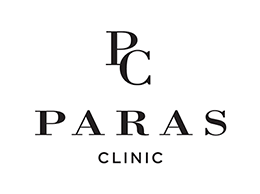 Paras Hair Transplant is part of
Paras Hair Transplant is part of 